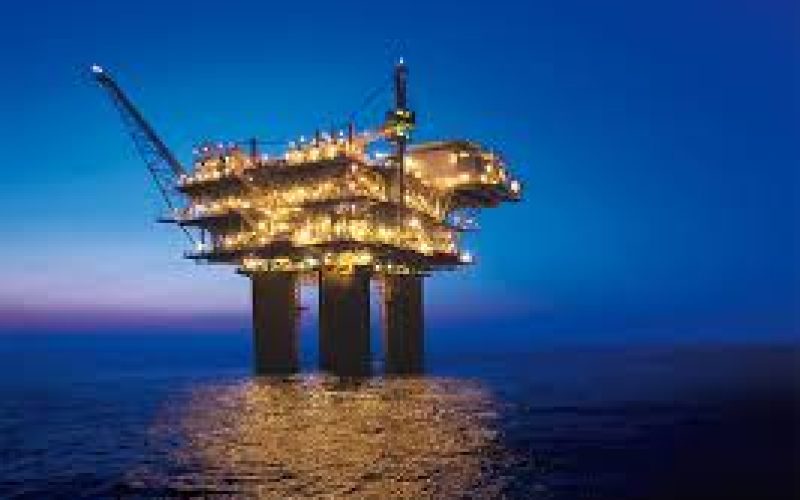Energy and Natural Resources Market Radar (October 21, 2013)
Strengths
- Average imports of crude oil in September stood at 6.25 million barrels per day (bpd), up 28 percent on the year and topping the previous record of 6.15 million bpd set in July. Net imports of 6.23 million bpd show that China overtook the United States in September as the world's biggest net oil importer, a trend which the U.S Energy Information Administration said would continue through 2014.
- Copper imports by China, the world's top consumer of the metal, reversed the fall in August and jumped 18 percent in September, as importers boosted orders ahead of a seasonal pickup. Imports of anode, refined copper, alloy and semi-finished copper products reached 457,847 metric tons in September, the highest since March 2012 and up 16 percent from a year ago. Copper stocks in bonded warehouses have fallen about 60 percent from a record high of around 1 million metric tons in the year's first quarter, traders estimate.
- China, the world's top consumer of iron ore, imported a record 74.58 million metric tons in September, up 8 percent from August and an increase of 15 percent on an annual basis. Steel production gained 7.8 percent in the first eight months, more than double the growth of 3.8 percent forecasted by analysts in a Reuters poll in July.
Weaknesses
- West Texas Intermediate crude posted a second weekly decline, finishing the week near $101 a barrel, as stronger growth in China failed to offset price losses during this week’s U.S. debt impasse.
- NYMEX natural gas closed down on the week as mild weather forecasts weigh on heating demand.
Opportunities
- Saudi Arabia, the world’s largest crude exporter, is making “massive investments” as it seeks a production buffer to guard against swings in global oil prices, while addressing a decline in output from its older fields. Saudi Arabian Oil Co., the state-owned producer known as Saudi Aramco, plans to maintain spare output capacity of more than 2 million barrels a day, according to Chief Executive Officer Khalid Al-Falih. The Dhahran-based company raised its annual capital budget tenfold to $40 billion over the last decade, and in the past two years has adjusted its daily production by more than 1.5 million barrels. “We are on track to increase the average of our conventional oil recoveries to 70 percent, which is more than double the current world average,” Al-Falih said at the World Energy Congress in Daegu, South Korea. “Resources are in fact, abundant.”
- Coal will surpass oil as the key fuel for the global economy by 2020 despite government efforts to reduce carbon emissions, according to energy consultancy firm Wood Mackenzie. Rising demand in China and India will push coal past oil as the two Asian powerhouses will need to rely on the comparatively cheaper fuel to power their economies. Coal demand in the United States, Europe and the rest of Asia will hold steady. Global coal consumption is expected to rise by 25 percent by the end of the decade to 4,500 million tons of oil equivalent, overtaking oil at 4,400 million tons, according to Wood Mackenzie (Woodmac) in a presentation at the World Energy Congress. "China's demand for coal will almost single-handedly propel the growth of coal as the dominant global fuel," said William Durbin, president of global markets at Woodmac. "Unlike alternatives, it is plentiful and affordable." China, already the top consumer, will drive two-thirds of the growth in global coal use this decade. Half of China's power generation capacity, to be built between 2012 and 2020, will be coal-fired, continued Woodmac.
- North America pushed Australia out of the top spot for new Asian investment in gas development, with most of the supply from existing Australian projects sold off and buyers hunting for cheaper fuel, industry executives said this week. Australia has been, for the past several years, the global hotspot for Asian gas investors, with $190 billion in liquefied natural gas (LNG) developments under way to take advantage of its proximity to top buyers such as Japan and South Korea. However, its seven current projects have been parceled out to off-takers and equity stakeholders, and no new projects are expected to move forward within the next year. That slowdown and the pull of cheap, abundant North American shale gas has turned heads towards projects just setting up for development in the U.S. and Canada that are aiming to fill Asia's still-burgeoning LNG demand.
Threats
- Angola, Africa’s largest oil producer after Nigeria, is imposing a consumption tax on petroleum companies that will raise some costs by as much as 10 percent, according to government documents. The law, which comes into effect with its publication that may happen as early as today, requires companies to follow a tax schedule that adds 5 percent to most services and supplies, and double that for equipment rentals, a presidential decree showed. Angola set up a special tax reform branch in 2010 to work with government ministries on increasing revenue and closing loopholes in a bid to simplify taxation. The southwest African country, a member of the Organization of Petroleum Exporting Countries, pumped about 1.74 million barrels a day in September from offshore fields, according to data compiled by Bloomberg.
- Copper supply will exceed demand by 340,000 metric tons in 2013 and post similar surpluses in the next two years, according to Wood Mackenzie. Copper supply will increase by 1 million tons next year and by another 800,000 tons in 2015 as mines open and ramp up, Richard Wilson, chairman of metals at Wood Mackenzie said. Copper will bottom in 2016 at about $2.80 per pound, he added. If prices dip below that level, China’s State Reserve Bureau could buy copper to replenish stockpiles. Inventories of the metal in bonded warehouses in China are estimated at 400,000 tons to 450,000 tons, he said. They shrank by 300,000 tons this year.
















